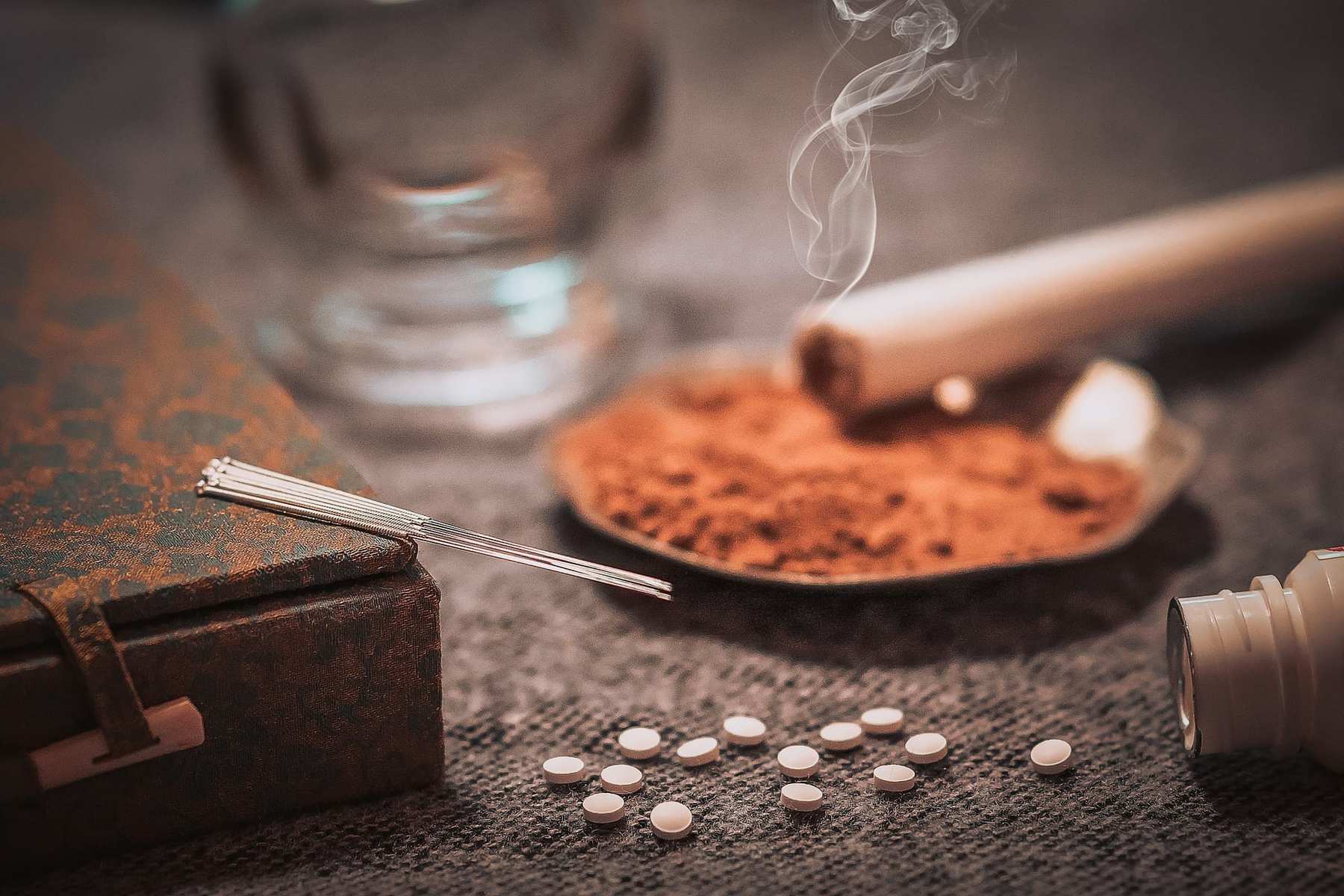Traditional Chinese Medicine (TCM) is an alternative medicine system that originated in China a few thousand years ago. TCM works on the principle that the human body contains a vital energy that flows through channels in the body. Therefore any ailment is a sign of imbalance in the energy. Most treatments aim to rebalance the energy, open up blocked paths, and help your energy heal yourself.

Traditional Chinese Medicine (TCM) in Australia
TCM covers a wide range of treatments and natural medicines such as:
- Acupuncture
- Cupping
- Massage
- Qi Gong
- Tai Chi
- Gua Sha
- Herbal medicine
In Australia, TCM is a popular alternative therapy, and a qualified TCM practitioner is considered a primary contact health care professional. Most practitioners are certified in acupuncture, herbal medicine, or both. There is a growing demand for practitioners to work in hospitals and health centres, offering complementary services to clients receiving treatment. For example, patients undergoing chemotherapy may be recommended acupuncture to help with the nausea.
Acupuncture in Australia
Medical acupuncture is a popular treatment for multiple health issues, and those who receive it regularly report great progress. An acupuncturist places very fine needles into the skin at specific trigger points to open up the flow of energy. The most common ailments acupuncture treats are chronic back pain, migraines, stress-related headaches, fibromyalgia, and arthritis.
Practitioners accredited by the Australian Acupuncture and Chinese Medicine Association (AACMA) are held to a Code of Ethics and must clear all professional and academic requirements. The Chinese Medicine Board of Australia has a national registration and accreditation scheme under which all practitioners must register.
How safe is TCM?
Certain therapies are safer than others or have been the subject of more studies and regulations. The medical community might be divided over the power of TCM but agrees that treatment can help with pain-related conditions.
Medical acupuncture in Australia is regulated and requires certification. In 2005, the Northern Hospital in Melbourne started offering acupuncture in its Emergency Department – the busiest ward in Victoria – to help treat incoming patients and manage pain and nausea.
The practice of Qi Gong and Tai Chi, both exercise and breathing routines, are safe, as are massage therapies like gua sha and reflexology.
Cupping therapy is another popular treatment effective in managing inflammation and pain. In this treatment, a flammable substance is burned in a cup, and then quickly placed onto your skin when the flames die, with the air creating a vacuum. This causes your skin to be pulled gently upwards. Some practitioners use a fine scalpel to make thin cuts into your skin after cupping to draw blood. Both cupping and massage are safe, helpful for short-term wellness, and to some extent for pain management.
The category of Chinese herbal medicine is the most debated area of TCM. It uses a wide variety of herbs but also involves animal products and minerals. With no regulations for such ingredients, there may be significant short- and long-term risks associated with Chinese herbal medicine. Traditional herbal concoctions using the body parts of endangered animals can also raise environmental and poaching concerns.
Is it effective?
In 2017, the AACMA commissioned The Acupuncture Evidence Project which revealed that acupuncture is effective in 117 conditions.
The conditions with strong evidence include allergic rhinitis, knee osteoarthritis, vomiting and nausea caused by chemotherapy, chronic lower back pain, migraines, and tension headaches.
There is moderate evidence to suggest that acupuncture is effective for neck pain, anxiety, stress disorders, and more.
Tai Chi is effective in improving stability and balance for those with Parkinson’s and helps pain management for those with knee osteoarthritis, fibromyalgia, and back pain. It can also help improve the mood and quality of life in patients with heart failure or cancer.
Is Japanese acupuncture different from Chinese acupuncture?
Use any type of needles: Japanese acupuncture uses needles that are even finer and sharper than Chinese needles, which means that the process is gentler. Chinese acupuncture inserts needles deeper, which some believe to be more effective, while Japanese acupuncture inserts needles into just the upper surface of the skin.
Use of complementary medicines with acupuncture: Chinese acupuncture may include the use of herbs, but Japanese acupuncturists do not traditionally offer herbal medicine with acupuncture. Japanese acupuncture begins with moxibustion, which is the burning of herbs near the section to be treated.
In terms of eff, both have their fan followings. Some people swear that the deeper needling of Chinese acupuncture helps the flow of qi, while some prefer the lighter touch of Japanese acupuncture.
Should I try TCM?
There are some cases in which you should not try TCM.
- If you are about to undergo surgery, refrain from trying alternative therapies.
- Pregnant or nursing women should discuss any treatments with their doctor before booking an appointment.
- People taking prescription medication for chronic conditions, please discuss your options with your doctor.
And lastly, TCM is a complementary medicine and is not to be tried on its own for serious health problems or diseases like cancer.
If you’re thinking of trying TCM, Avaana can help you find a practitioner near you.



